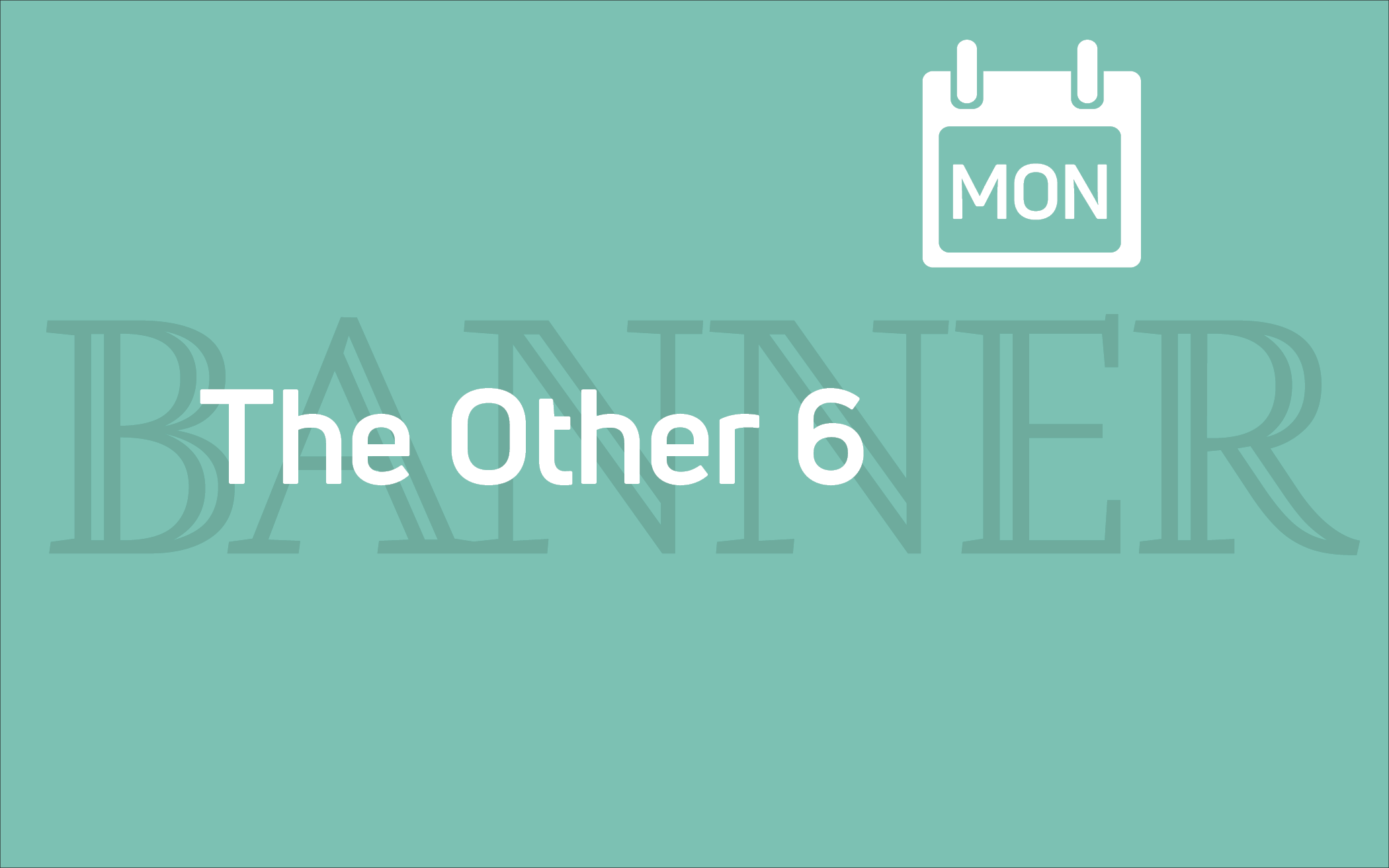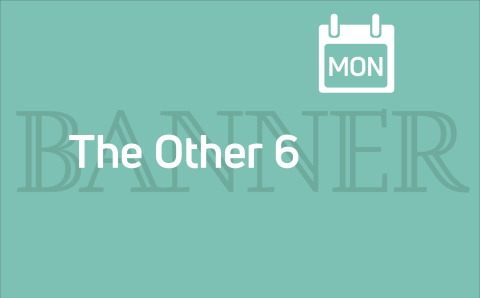The first New Year’s Eve I stayed up to watch the ball drop in Times Square, the anticipation was electric. Thousands of people partied, celebrities marked the minutes, every TV station was focused on The Ball. When the countdown finally came, I sensed something magical was about to take place. 3 . . . 2 . . . 1 . . . 0.
Then a little sign lit up telling us what year it was and everyone on TV went nuts. I thought it was just about the most disappointing and anticlimactic thing I’d ever seen.
New Year’s Eve is one of many transitional in-between moments of life. It’s a time of looking back and looking ahead. Popular media looks back, cranking out a glut of year-in-review programs. Many of us look ahead, putting together plans and resolutions for the year to come.
Here’s my hunch about these transitions in life. The ways we mark them—our rituals and celebrations—do two things. First, they reveal something about us. They tell us something about what matters most to us. Second, they shape us. They set the tone or pattern for what is to come.
Like a thermometer and thermostat, how we mark these transitional moments may both measure and set the temperature of our hearts. So what do my own practices surrounding the ringing in of a new year tell me about the kind of person I am, and how do they help me toward the person I am becoming?
Perhaps you remember the scene in the movie Forrest Gump when Forrest and Lieutenant Dan meet up on New Year’s Eve. Lieutenant Dan and his friends want to celebrate by letting it all hang out and abandoning themselves to the moment. But despite himself, poor old Forrest just can’t go along with them. In the midst of all that celebration, his heart betrays him. The great love of his life, Jenny, keeps coming to mind.
Plenty of folks ring in the New Year like Lieutenant Dan. Some, like Forrest, pine for loved ones. Many of us watch TV. What might each practice reveal about us or form us into?
In Jewish tradition, the New Year celebration came to be associated with two things: the Day of Atonement, which focuses on repentance and forgiveness; and the Festival of Booths, which focuses on the harvest. In the time of transition, God’s people focused on their need for forgiveness and celebrated their complete dependence on God’s providence.
What would a vibrantly Christian New Year’s Eve look like? Perhaps we would gather with loved ones, as Forrest longed to do. Imagine following the Jewish tradition by observing a time of repentance, forgiveness, and celebration of God’s faithful providence in the year past, and anticipating hopefully what God may hold in store for the year to come. Imagine celebrating God’s fatherly hand, God’s forgiving love, and the great hope that is ours in Christ.
Some congregations have a rich tradition of gathering for New Year’s (or Old Year’s) services. Another possibility is to include a time of worship in our celebrations at home with family and friends.
If doing so interests you, consider drawing from the psalms. Psalm 81 reminds us of God’s true identity and our identity as his people. Psalm 121 focuses on God’s providential hand. Psalm 130 deals with themes of repentance and forgiveness. Each of these has traditionally been associated with Jewish New Year celebrations and points us to God’s love in Christ. (For more ideas, see “New Year: From Lament to Praise” by Chad Vandervalk, Reformed Worship, September 2008: www.reformedworship.org.) Imagine gathering to remember, to sing, to celebrate, and to hope. How might such a celebration form us?
If watching the ball drop is a disappointment, perhaps we could gather instead at the foot of the cross. After all, while the ball only descends, the cross signifies the one who not only descended but also “ascended higher than all the heavens” (Eph. 4:10). That is a hope that will not disappoint.
About the Author
Darrin Compagner is a candidate for ministry in the CRC and an adjunct professor of spiritual formation at Kuyper College, Grand Rapids, Mich. He and his family are members of Hope CRC, Grandville, Mich.





